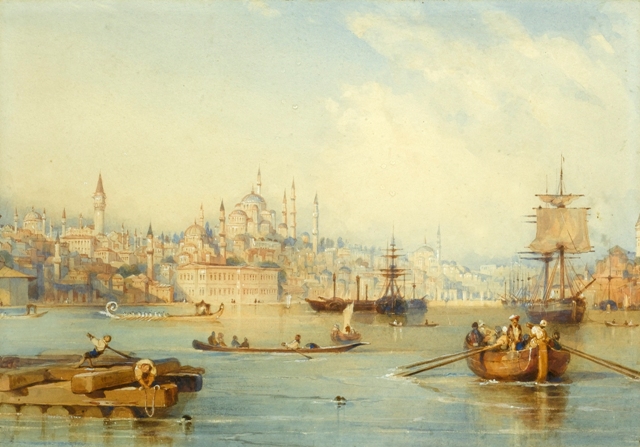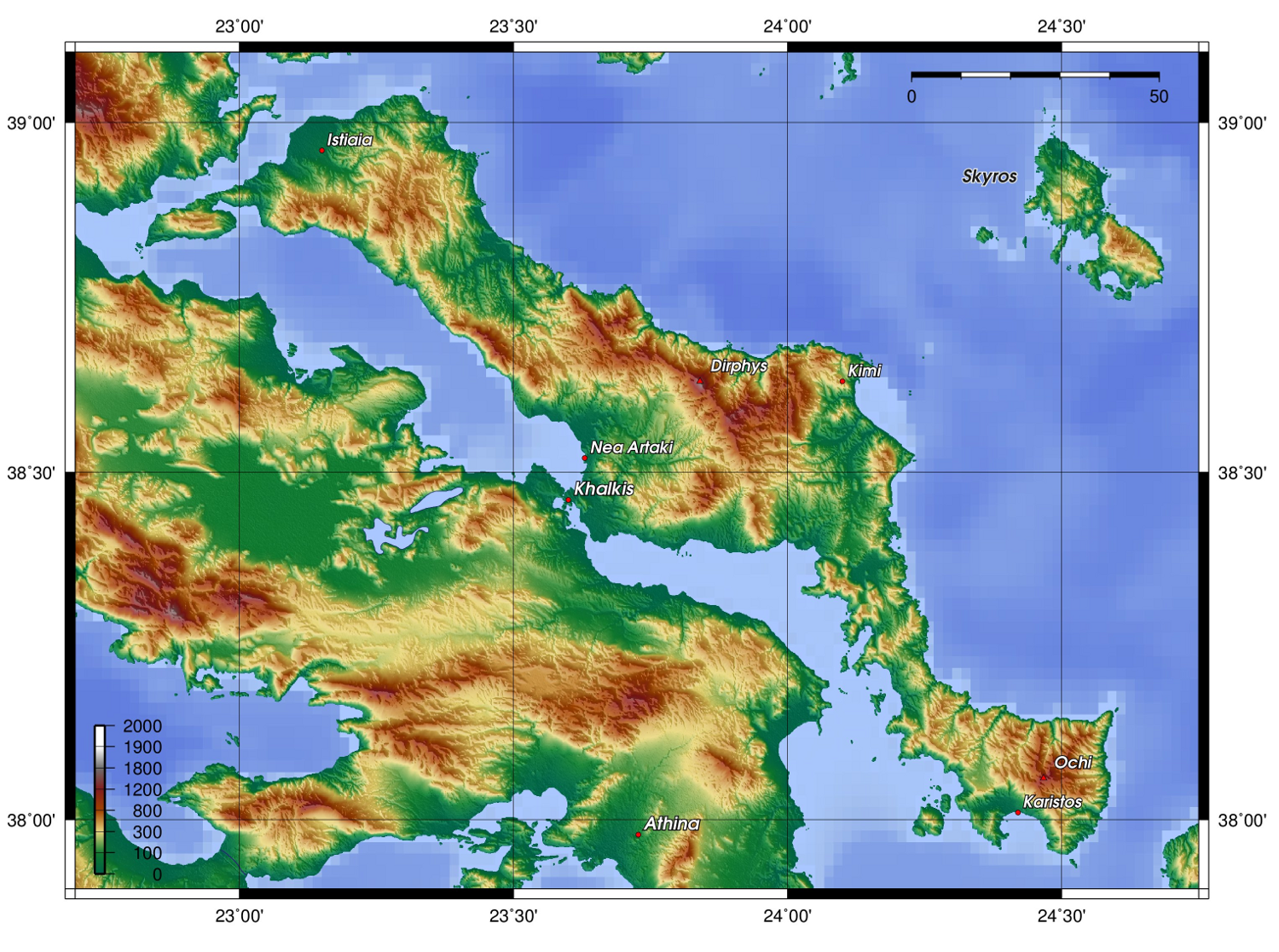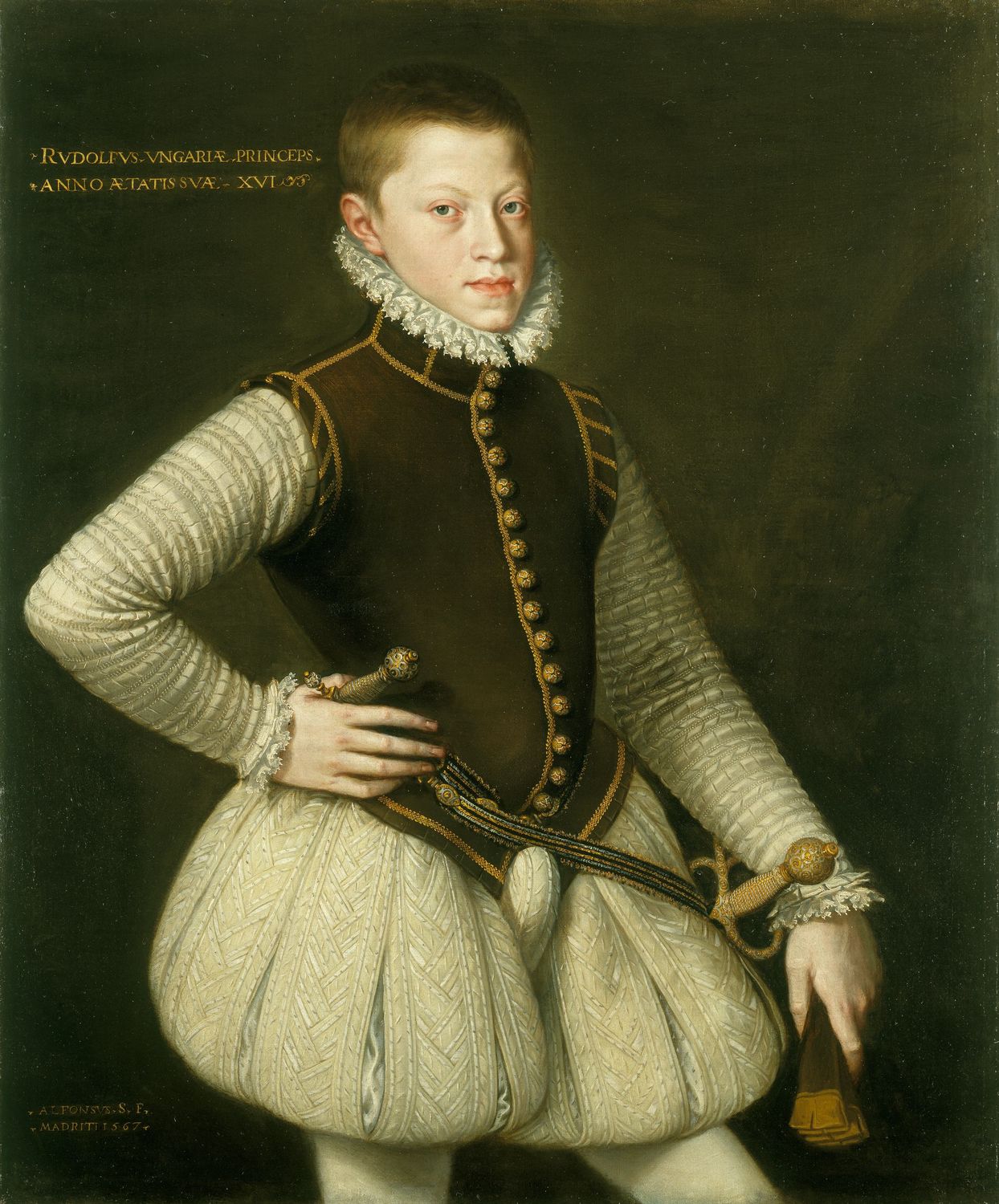|
Thomas Shirley (Royal Navy Officer)
Sir Thomas Shirley (c. 1564 – c. 1634) was an English soldier, adventurer and politician who sat in the House of Commons at various times between 1584 and 1622. His financial difficulties drove him into privateering which culminated in his capture by the Turks and later imprisonment in the Tower of London. Family Thomas Shirley was the eldest son of Sir Thomas Shirley of Wiston House, Sussex, and Anne Kempe, the daughter of Sir Thomas Kempe (d. 7 March 1591) of Olantigh in Wye, Kent. Sir Anthony Shirley and Sir Robert Shirley were his younger brothers. Career Shirley matriculated at Hart Hall, Oxford in 1579, but left the university without taking a degree. In 1584 he was elected Member of Parliament for Steyning. He went on military service with his father and brother in the Low Countries in 1585, and later saw some in Ireland. He was knighted at Kilkenny in Ireland by the lord deputy, Sir William Fitz-William, on 26 October 1589. Shirley later came to the court. In the ... [...More Info...] [...Related Items...] OR: [Wikipedia] [Google] [Baidu] |
House Of Commons Of England
The House of Commons of England was the lower house of the Parliament of England (which Laws in Wales Acts 1535 and 1542, incorporated Wales) from its development in the 14th century to the union of England and Scotland in 1707, when it was replaced by the House of Commons of Great Britain after the 1707 Act of Union was passed in both the English and Scottish parliaments at the time. In 1801, with the union of Kingdom of Great Britain, Great Britain and Kingdom of Ireland, Ireland, that house was in turn replaced by the House of Commons of the United Kingdom. Origins The Parliament of England developed from the Magnum Concilium that advised the English monarch in medieval times. This royal council, meeting for short periods, included ecclesiastics, noblemen, and representatives of the county, counties (known as "knights of the shire"). The chief duty of the council was to approve taxes proposed by the Crown. In many cases, however, the council demanded the redress of the peo ... [...More Info...] [...Related Items...] OR: [Wikipedia] [Google] [Baidu] |
Hamburg
Hamburg (, ; ), officially the Free and Hanseatic City of Hamburg,. is the List of cities in Germany by population, second-largest city in Germany after Berlin and List of cities in the European Union by population within city limits, 7th-largest in the European Union with a population of over 1.9 million. The Hamburg Metropolitan Region has a population of over 5.1 million and is the List of EU metropolitan areas by GDP, eighth-largest metropolitan region by GDP in the European Union. At the southern tip of the Jutland Peninsula, Hamburg stands on the branching River Elbe at the head of a estuary to the North Sea, on the mouth of the Alster and Bille (Elbe), Bille. Hamburg is one of Germany's three city-states alongside Berlin and Bremen (state), Bremen, and is surrounded by Schleswig-Holstein to the north and Lower Saxony to the south. The Port of Hamburg is Germany's largest and Europe's List of busiest ports in Europe, third-largest, after Port of Rotterdam, Rotterda ... [...More Info...] [...Related Items...] OR: [Wikipedia] [Google] [Baidu] |
Tower Of London
The Tower of London, officially His Majesty's Royal Palace and Fortress of the Tower of London, is a historic citadel and castle on the north bank of the River Thames in central London, England. It lies within the London Borough of Tower Hamlets, which is separated from the eastern edge of the square mile of the City of London by the open space known as Tower Hill. It was founded toward the end of 1066 as part of the Norman Conquest. The White Tower (Tower of London), White Tower, which gives the entire castle its name, was built by William the Conqueror in 1078 and was initially a resented symbol of oppression, inflicted upon London by the new Normans, Norman ruling class. The castle was also used as a prison from 1100 (Ranulf Flambard, Bishop of Durham) until 1952 (the Kray twins), although that was not its primary purpose. A grand palace early in its history, it served as a royal residence. As a whole, the Tower is a complex of several buildings set within two concentric ring ... [...More Info...] [...Related Items...] OR: [Wikipedia] [Google] [Baidu] |
Henry Lello
Sir Henry Lello was the English ambassador to the Ottoman Empire, Warden of the Fleet Prison, and Keeper of the Palace of Westminster. He was involved in peace negotiations with the Habsburgs and the Ottomans, as well as with the Venetian and French ambassadors regarding the trading activities in the Levant. Biography Lello went to Constantinople as an attache to the English Embassy to the Sublime Porte of the Ottoman Empire, but originally as secretary to Edward Barton. In 1597 he took his place as ambassador. During his tenure, he wrote letters to the Secretary of State, Sir Robert Cecil, about the actions of the Persian ambassador while in Constantinople, and the relationship between the Sultan and the Tsar of Russia. As ambassador he was less popular in the court than his predecessors William Harborne and Sir Edward Barton and was less comfortable also, at one point stating that he was shocked by the extent of the violence and intrigue in the court of Sultan Mehmed III a ... [...More Info...] [...Related Items...] OR: [Wikipedia] [Google] [Baidu] |
Negropont
Euboea ( ; , ), also known by its modern spelling Evia ( ; , ), is the second-largest Greek island in area and population, after Crete, and the sixth largest island in the Mediterranean Sea. It is separated from Boeotia in mainland Greece by the narrow Euripus Strait (only at its narrowest point). In general outline it is a long and narrow island; it is about long, and varies in breadth from to . Its geographic orientation is from northwest to southeast, and it is traversed throughout its length by a mountain range, which forms part of the chain that bounds Thessaly on the east, and is continued south of Euboia in the lofty islands of Andros, Tinos and Mykonos. It forms most of the regional unit of Euboea, which also includes Skyros and a small area of the Greek mainland. Name Like most of the Greek islands, Euboea was known by other names in antiquity, such as ''Macris'' (Μάκρις) and ''Doliche'' (Δολίχη) from its elongated shape, or ''Ellopia'' (after Ellops ... [...More Info...] [...Related Items...] OR: [Wikipedia] [Google] [Baidu] |
Kea (island)
Kea (), also known as Tzia () and in ancient history, antiquity Keos (, ), is a Greece, Greek island in the Cyclades archipelago in the Aegean Sea. Kea is part of the Kea-Kythnos regional unit. Geography It is the List of islands of Greece, island of the Cyclades complex that is closest to Attica (about 1 hour by ferry from Lavrio) and is also from Sounion, Cape Sounio as well as SE of Athens. Its climate is arid, and its terrain hilly. Kea is long from north to south and wide from west to east. The area is with the highest point being Metres above sea level, above sea level. The municipality, which includes the island Makronisos, has an area of . Its capital, Ioulis, is inland at a high altitude (like most ancient Cycladic settlements, for fear of Pirate, pirates) and is considered quite picturesque. Other major villages of Kea are the port of Korissia and the fishing village of Vourkari. After suffering depopulation for many decades, Kea has been recently rediscovered by ... [...More Info...] [...Related Items...] OR: [Wikipedia] [Google] [Baidu] |
Rudolf II, Holy Roman Emperor
Rudolf II (18 July 1552 – 20 January 1612) was Holy Roman Emperor (1576–1612), King of Hungary and Kingdom of Croatia (Habsburg), Croatia (as Rudolf I, 1572–1608), King of Bohemia (1575–1608/1611) and Archduke of Austria (1576–1608). He was a member of the House of Habsburg. Rudolf's legacy has traditionally been viewed in three ways:Hotson, 1999. an ineffectual ruler whose mistakes led directly to the Thirty Years' War; a great and influential patron of Northern Mannerism, Northern Mannerist art; and an intellectual devotee of occult arts and learning which helped seed what would be called the Scientific Revolution. Determined to unify Christendom, he initiated the Long Turkish War (1593–1606) with the Ottoman Empire. Exhausted by war, his citizens in Kingdom of Hungary (1526-1867), Hungary revolted in the Bocskai uprising, Bocskai Uprising, which led to more authority being given to his brother Matthias, Holy Roman Emperor, Matthias. Under his reign, there was ... [...More Info...] [...Related Items...] OR: [Wikipedia] [Google] [Baidu] |
Florence
Florence ( ; ) is the capital city of the Italy, Italian region of Tuscany. It is also the most populated city in Tuscany, with 362,353 inhabitants, and 989,460 in Metropolitan City of Florence, its metropolitan province as of 2025. Florence was a centre of Middle Ages, medieval European trade and finance and one of the wealthiest cities of that era. It is considered by many academics to have been the birthplace of the Renaissance, becoming a major artistic, cultural, commercial, political, economic and financial center. During this time, Florence rose to a position of enormous influence in Italy, Europe, and beyond. Its turbulent political history includes periods of rule by the powerful House of Medici, Medici family and numerous religious and republican revolutions. From 1865 to 1871 the city served as the capital of the Kingdom of Italy. The Florentine dialect forms the base of Italian language, standard Italian and it became the language of culture throughout Italy due to ... [...More Info...] [...Related Items...] OR: [Wikipedia] [Google] [Baidu] |
Ferdinando I De' Medici, Grand Duke Of Tuscany
Ferdinando I de' Medici, Grand Duke of Tuscany (30 July 1549 – 17 February 1609) was Grand Duke of Tuscany from 1587 to 1609, having succeeded his older brother Francesco I, who presumably died from malaria. Early life Ferdinando was the fifth son (the third surviving at the time of his birth) of Cosimo I de' Medici, Grand Duke of Tuscany, and Eleanor of Toledo, the daughter of Pedro Álvarez de Toledo, Marquis of Villafranca, the Spanish viceroy of the Kingdom of Naples. He was made a Cardinal in 1562 at the age of 13, but was never ordained into the priesthood. At Rome, he proved an able administrator. He founded the Villa Medici in Rome. He acquired the large collection of antiquities established by Andrea della Valle in 1584, as well as other works of art like the Medici lions. These were subsequently divided among the various Medici estates. Grand Duke When his brother Francesco I de' Medici, Grand Duke of Tuscany, died in 1587, Ferdinando succeeded as grand ... [...More Info...] [...Related Items...] OR: [Wikipedia] [Google] [Baidu] |
Mehmed III
Mehmed III (, ''Meḥmed-i sālis''; ; 26 May 1566 – 22 December 1603) was the sultan of the Ottoman Empire from 1595 until his death in 1603. Mehmed was known for ordering the execution of his brothers and leading the army in the Long Turkish War, during which the Ottoman army was victorious at the decisive Battle of Keresztes. This victory was however undermined by some military losses such as in Győr and Nikopol. He also ordered the successful quelling of the Jelali rebellions. The sultan also communicated with the court of Elizabeth I on the grounds of stronger commercial relations and in the hopes of England to ally with the Ottomans against the Spanish. Early life Mehmed was born at the Manisa Palace on 26 May 1566, during the reign of his great-grandfather, Suleiman the Magnificent. He was the son of Murad III, himself the son of Selim II, who was the son of Sultan Suleiman and Hurrem Sultan. His mother was Safiye Sultan, an Albanian from the Dukagjin Highlan ... [...More Info...] [...Related Items...] OR: [Wikipedia] [Google] [Baidu] |
Ottoman Empire
The Ottoman Empire (), also called the Turkish Empire, was an empire, imperial realm that controlled much of Southeast Europe, West Asia, and North Africa from the 14th to early 20th centuries; it also controlled parts of southeastern Central Europe, between the early 16th and early 18th centuries. The empire emerged from a Anatolian beyliks, ''beylik'', or principality, founded in northwestern Anatolia in by the Turkoman (ethnonym), Turkoman tribal leader Osman I. His successors Ottoman wars in Europe, conquered much of Anatolia and expanded into the Balkans by the mid-14th century, transforming their petty kingdom into a transcontinental empire. The Ottomans ended the Byzantine Empire with the Fall of Constantinople, conquest of Constantinople in 1453 by Mehmed II. With its capital at History of Istanbul#Ottoman Empire, Constantinople (modern-day Istanbul) and control over a significant portion of the Mediterranean Basin, the Ottoman Empire was at the centre of interacti ... [...More Info...] [...Related Items...] OR: [Wikipedia] [Google] [Baidu] |
Levant
The Levant ( ) is the subregion that borders the Eastern Mediterranean, Eastern Mediterranean sea to the west, and forms the core of West Asia and the political term, Middle East, ''Middle East''. In its narrowest sense, which is in use today in archaeology and other cultural contexts, it is equivalent to Cyprus and a stretch of land bordering the Mediterranean Sea in Western AsiaGasiorowski, Mark (2016). ''The Government and Politics of the Middle East and North Africa''. p. 5: "... today the term ''Levantine'' can describe shared cultural products, such as Levantine cuisine or Levantine archaeology". .Steiner & Killebrew, p9: "The general limits ..., as defined here, begin at the Plain of 'Amuq in the north and extend south until the Wâdī al-Arish, along the northern coast of Sinai. ... The western coastline and the eastern deserts set the boundaries for the Levant ... The Euphrates and the area around Jebel el-Bishrī mark the eastern boundary of the northern Levant, as d ... [...More Info...] [...Related Items...] OR: [Wikipedia] [Google] [Baidu] |











